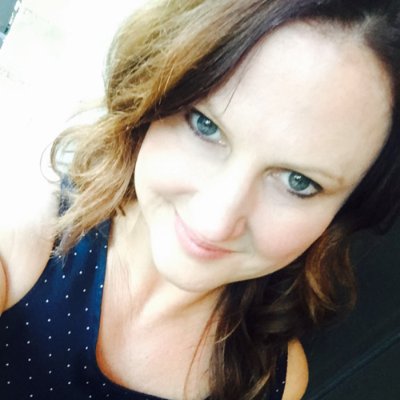
 Customer Advisory Boards (CABs) are a terrific way to get consistent customer feedback, and are particularly popular with B2B firms. An effective CAB strategy allows you to stay in tune with what your customers need, and also gives you a forum for bouncing off ideas before they get too far down the road, providing an early warning before investment into a misaligned idea is too high.
Customer Advisory Boards (CABs) are a terrific way to get consistent customer feedback, and are particularly popular with B2B firms. An effective CAB strategy allows you to stay in tune with what your customers need, and also gives you a forum for bouncing off ideas before they get too far down the road, providing an early warning before investment into a misaligned idea is too high.
One challenge to a CAB is its make-up. Does your CAB include senior leaders or day-to-day contacts? Do you focus on strategic advice or instead measure how you’re doing? DST Health Solutions looks at these options and says “Yes” to all of them, by building a multi-layered approach to CABs.
Lisa Crymes is DST Health Solution’s first Chief Experience Officer. In our interview she walked through DST’s advisory groups and explained how their multi-faceted approach gives them access to both strategic advice on their direction and tactical suggestions to improve their products and customer experience.
DST has three levels of advisory groups, with each providing distinct types of feedback: their Healthcare User’s Group (HUG), their advisory board, and their client executive forum.
DST has a very active HealthCare User’s Group, called the HUG. While it’s an independent organization founded by DST customers, Lisa is a board member, and DST contributes funds. In addition, DST offers logistical assistance to the group, which meets twice a year.
“The HUG is a terrific way to hear directly from the teams implementing our products,” Lisa explains. “We get very good operations-level feedback on what it’s like to work with us.”
Her board seat also helps Lisa keep in touch with her customer base. “At a recent call, they encouraged me to use them as a sounding board to help build our customer experience strategy.”
Whereas the HUG provides broad feedback from those implementing and using their products, DST’s Advisory Board is much more targeted on strategic advice. The Board includes top executives, including those who are not DST customers. It also includes an investment banker and a former CMS Director, providing a very strategic level of advice.
The Board meets twice a year, and attendance is mandatory. The approach is very collaborative: “We have members with various backgrounds and very deep knowledge of the industry,” Lisa says. “It’s also helpful that not all of them are customers, so they can give us an external perspective that’s really critical.”
The third group is their Client Executive Forum, made up exclusively of DST clients. Importantly, members are CEOs and their direct reports, ensuring that the advice is very strategic.. The Forum refines and communicates DST’s strategy. If the Advisory Board focuses on what to do, then the Forum helps DST determine how to do it.
Keeping on top of all three groups can be tough. But, as Lisa explains, “Having different levels of feedback is tremendously helpful. We can vet out ideas at various levels, and make sure we’re on the right track.”
As she’s developed her CCO role, Lisa explained how she’s modifying DST’s historical approach. “While we’ve always worked collaboratively with the Advisory Board and the Client Executive Forum, we’re now bringing that attitude to HUG. We’re spending less time talking, and more time listening.”
For example, at her last HUG conference she introduced journey mapping workshops [full disclosure: Heart of the Customer conducted these workshops]. Participants walked through their experience working with DST on support calls, enhancement requests, and similar types of interactions, and customers walked through their high and low points of the journey. Each session was facilitated by a DST employee, who was instructed that they could not use statements, only questions.
“It was the most popular session of the conference,” Lisa shared. “But our clients were very clear. It’s only a good session if we do something with the feedback. So we built a video sharing their experience, and are using that as a way to introduce our clients’ needs to our executive teams…. Now that we’re getting this rich feedback, our next step is to share back with our clients what we’re doing as a result. Because it’s not enough to bring back the voice of our customers. If we don’t show them that their voice is being heard, they won’t keep sharing it.”
I asked Lisa what advice she’d have to those thinking about implementing a Customer Advisory Board strategy. “Jim, you know what I’m going to say! Start by asking your customers what they want. Based on that, you can start understanding who you need to attract. Who are your influencers? Ensure they’re a part of your strategy.
“It’s also important to have different tracks. The executives will give you different feedback than will the implementers. Our HUG members want to know our strategy, but they also want industry updates. Our executive clients, on the other hand, want to ensure that time is reserved for peer-to-peer networking.”
“And, after the event, you need a structure to follow up. Be prepared to respond to clients with what you’ll do with their feedback. Of course, we can’t say yes to every request. But make sure they know that you listened, and are prepared to act on the feedback.”

